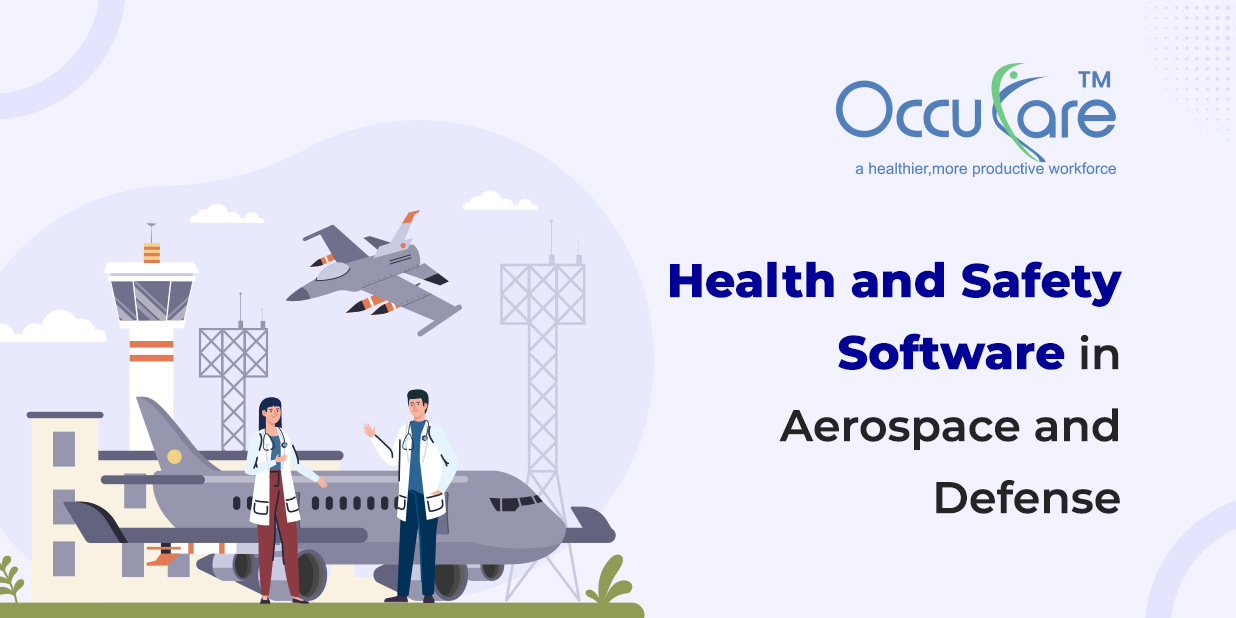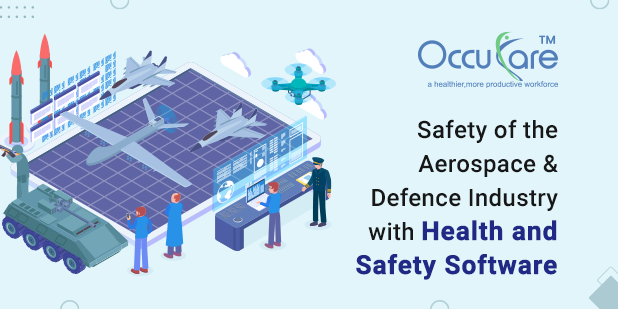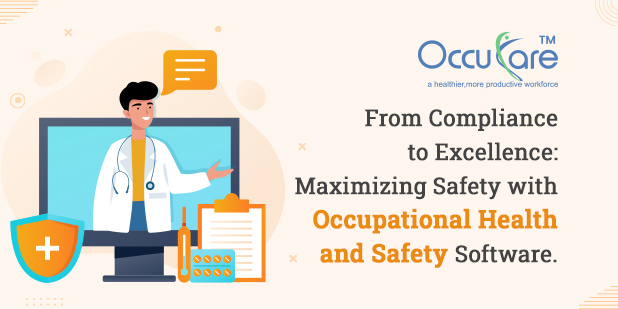Safety has always been a paramount concern in the aerospace and defense industry. From designing cutting-edge aircraft and weapons systems to maintaining and operating them, the need for mission-critical safety measures is non-negotiable. In this high-stakes environment, health and safety software, including Occupational Health and Safety System, plays a pivotal role in ensuring the well-being of personnel, the integrity of equipment, and the success of missions. In this blog, we will explore the significance of health and safety software, as well as Occupational Health and Safety System in aerospace and defense, shedding light on their critical role in maintaining the highest standards of safety and performance.
1. Compliance with Stringent Regulations:
The aerospace and defense industry is subject to a multitude of regulations and standards that demand unwavering adherence to safety protocols. Health and Safety Software in Aerospace and Defense help organizations navigate this complex regulatory landscape by providing real-time compliance monitoring, documentation, and reporting. This ensures that aerospace and defense companies remain in compliance with rules like the Federal Aviation Administration (FAA) regulations in the United States and their counterparts worldwide.
2. Risk Management:
The consequences of a safety breach in the aerospace and defense sector can be catastrophic. Risk management is a fundamental aspect of safety, and software solutions, including Occupational Health and Safety Software, are indispensable in this regard. Health and safety system allows organizations to identify, assess, and mitigate risks associated with various processes, systems, and personnel. This proactive approach minimizes the potential for accidents, mishaps, and their disastrous consequences.
3. Incident Reporting and Investigation:
In the event of an incident, be it a minor workplace accident or a major operational failure, health and safety software, including Occupational Health and Safety Systems, plays a crucial role in incident reporting and investigation. These software systems enable organizations to capture incident data in real-time, analyze root causes, and take corrective actions swiftly. This not only helps prevent recurrence but also fosters a culture of continuous improvement.
4. Personnel Training and Certification:
Aerospace and defense personnel often require specialized training and certification to perform their roles safely and effectively. Health and safety software, as well as Occupational Health and Safety Systems, can help manage training programs, track employee certifications, and ensure that everyone involved in critical operations is adequately qualified. This ensures that personnel have the knowledge and skills required to execute their responsibilities safely.
5. Equipment Maintenance and Reliability:
The aerospace and defense industry heavily relies on complex and expensive equipment. Health and safety software, including Occupational Health and Safety Systems, can aid in scheduling and tracking routine maintenance tasks, thus ensuring that equipment is in optimal working condition. This preventative maintenance approach not only enhances safety but also extends the life and reliability of costly assets.
6. Emergency Preparedness and Response:
In high-risk environments like the aerospace and defense sector, emergency preparedness is vital. Health and safety software, as well as Occupational Health and Safety Systems, can facilitate emergency planning, including the development of response strategies and the coordination of resources. In the event of an emergency, these tools can assist in mobilizing response teams, managing resources, and communicating with relevant stakeholders.
7. Data Analysis and Performance Monitoring:
Health and safety software, including Occupational Health and Safety Systems, isn’t just about preventing accidents; it’s also about improving overall performance. These software solutions offer data analytics capabilities, allowing organizations to monitor key safety metrics, identify trends, and make data-driven decisions. Continuous monitoring and analysis of safety data can lead to process improvements and a safer working environment.
8. Documentation and Auditing:
Proper documentation is a cornerstone of safety in the aerospace and defense industry. Health and safety software, including Occupational Health and Safety Systems, provides a centralized platform for documentation, including safety manuals, procedures, and audit records. This makes it easier for organizations to prepare for audits, maintain a high level of documentation integrity, and ensure adherence to safety protocols.
Conclusion:
In the aerospace and defense industry, where human lives and national security are at stake, safety is paramount. Health and safety software, including Occupational Health and Safety Software, as well as Occupational Health and Safety Systems, serves as a linchpin in maintaining the highest standards of safety and operational excellence. By promoting compliance with regulations, risk management, incident reporting, personnel training, equipment maintenance, emergency preparedness, data analysis, and documentation, these software solutions are instrumental in keeping critical missions on track and safeguarding the well-being of personnel.




